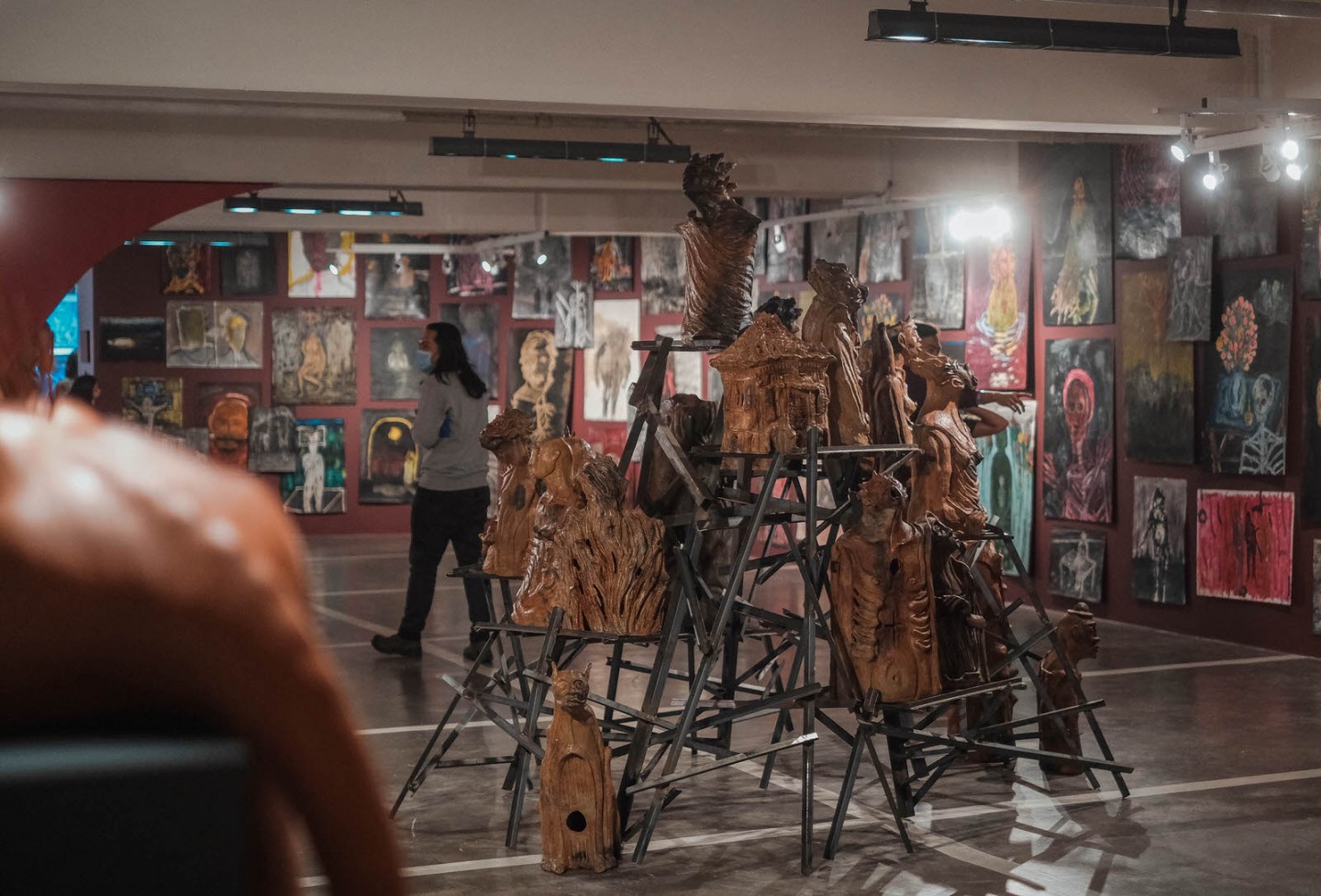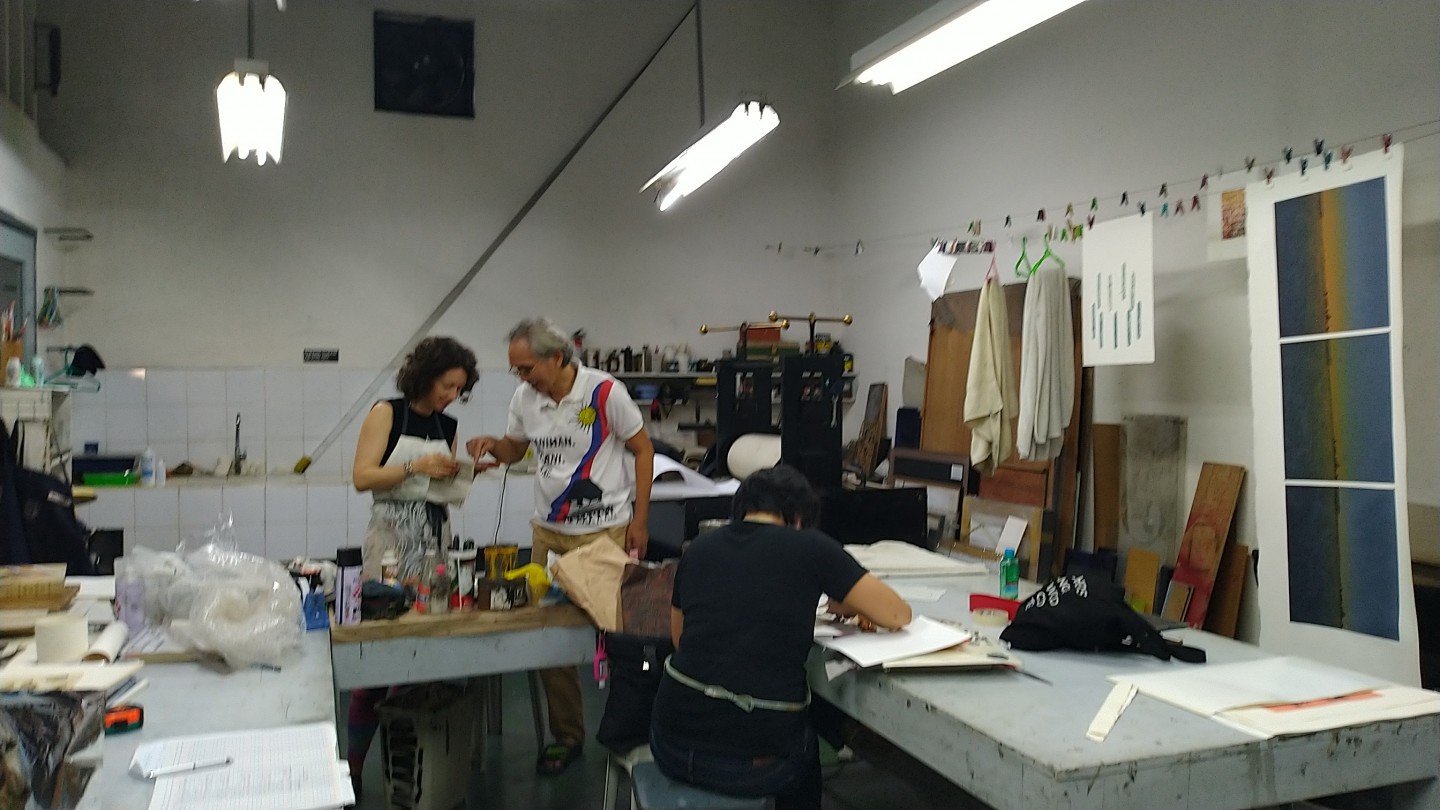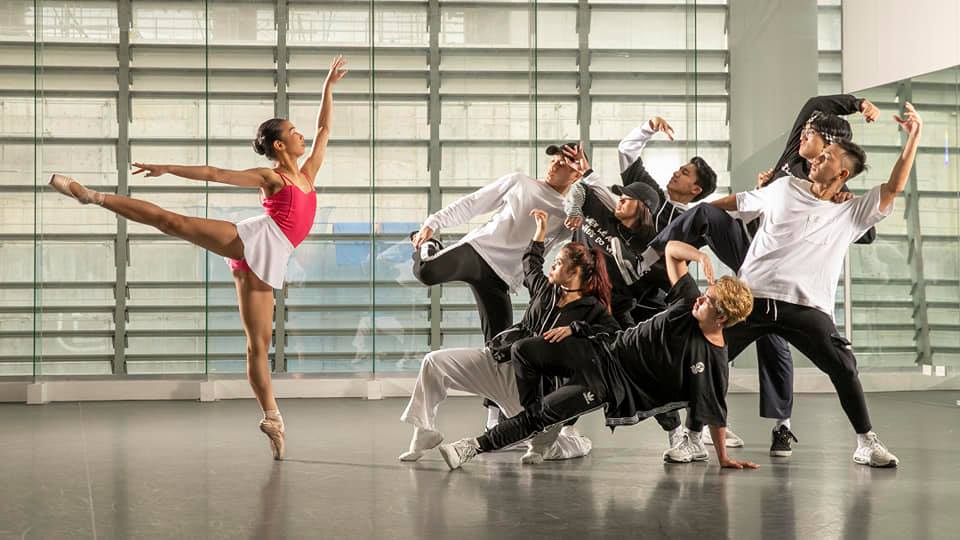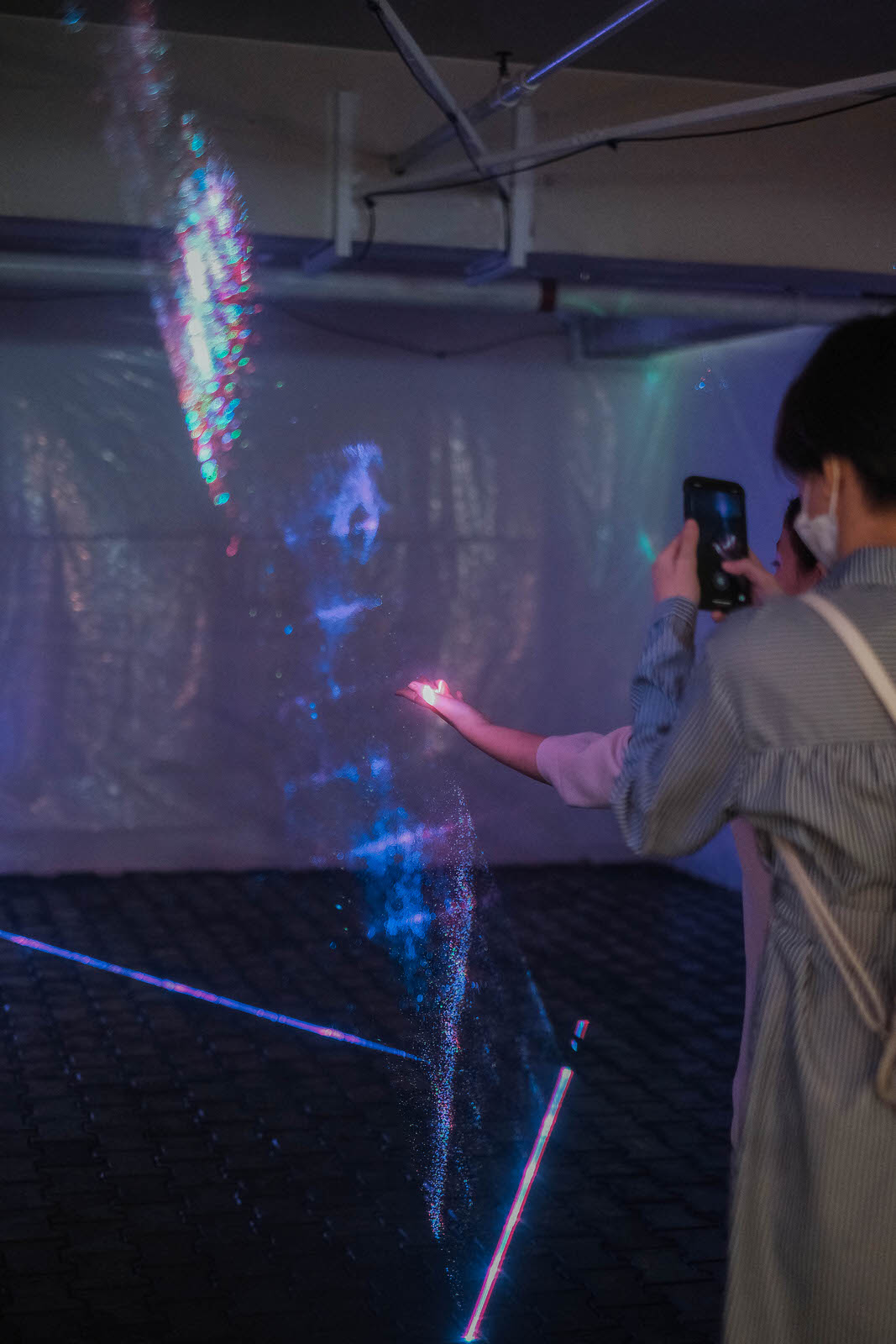
As of publishing, ILOSTMYGIG PH (ILMGPH) tallies a total of about 251 million pesos as total lost income from around 5,300 projects and 4,174 affected individuals belonging in the the cultural and creative industries and independent businesses due to to the COVID-19 pandemic. Beyond these numbers, the grueling effects of the COVID-19 pandemic has greatly impacted the global economy including these organisations and their operations, groups, and independent professionals, to name a few. We reached out to some institutions, groups, and individuals from the arts ecosystem to check on how they’re coping with the pandemic and the alignments and modifications they made to keep their operations going, in order to pivot to a ‘new normal’ during this crisis.
“Since the University has closed, we have migrated our presence online. Not that this is the first time to do it. Our education modules have always reached out to a general audience, the larger classroom, as it were, through social media,” shares Dr. Patrick Flores, art historian, Art Studies professor, and curator of UP Jorge B. Vargas Museum and Filipiniana Research Center in Diliman, Quezon City. Flores shares about enhancing their operations and aligns them to the current context. He sees this as their ‘modest way of making the images of the collection accessible and providing pedagogical support for them to be appreciated.’ Flores’ team has launched #VargasMuseumVirtualMode in March to feature works from their collection as well as previous contemporary exhibitions presented at the museum through their Facebook and Instagram pages.
“Like any other practice or discipline or endeavor, art needs to be at once witness and catalyst of what’s happening to the world and to itself, and what may be prefigured through and beyond it. A crisis is a critical condition, an emergency, and an opportunity”, as Flores shares on his thoughts on the meaning of art in these trying times.
Just like Flores and his team, the Association of Pinoy Printmakers (A/P) has been using social media, mainly to promote their association and increase the public’s awareness on Philippine printmaking. They have been planning their online transition for 2020, especially since the COVID-19 crisis which limits their members to use their facilities. They also have an ongoing Print Portfolio Project in collaboration with the Cultural Center of the Philippines (CCP) and their annual exhibition. “We plan to bring content online that will feature production, various techniques and works from the project, as well as our annual exhibition. The portfolio will showcase special limited edition prints as part of CCP’s 50th anniversary”, shares Yasmin Doctor, A/P Secretary. Details are to be released on their Facebook and Instagram soon.

The Association of Pinoy Printmakers (A/P) is formerly Philippine Association of Printmakers. For over 50 years, they make art accessible through their multiple organ prints, workshops, and exhibitions to promote printmaking as an art form. Photo courtesy of A/P.

Photo courtesy of Vik Peñas of the De La Salle- College of St. Benilde’s Photography Program through Prof. Anonas
Beyond visual arts, Prof. Nina Anonas, chairperson of De La Salle- College of St. Benilde’s Dance Program, Chairman of Philippine Dance Cup, Inc., and a founding member of the Association of Ballet Academies Philippines, shares with us how the crisis has forced them to reconsider ‘live’ performance to factor in social distancing protocols as the entire dance industry has quietly migrated to film as a platform.“Although both camera (film) and dance have profoundly different structures, we are finding ways to marry them harmoniously, making a work of art about a work of art,” as Anonas shares their initial plans on collaborating with Benilde’s Film program. As they work on their term-end shows, they reflect on questions like, “What must be seen and when? When is it wide or medium or a tight focus?” in relation to their alignments and modifications through such partnerships and collaborations.
Meanwhile, Senior Artist-Teacher Julia Enriquez from Philippine Educational Theater Association (PETA) shares how they’re making use of the lockdown for social development through Lingap Sining. Tucked under their Theater for Development programs, it uses creative psychosocial processing for frontliners with the intention to help participants cope through the pandemic through integrated theater arts approach developed by their organization.
For literary arts, Ms. Beverly “Bebang” Wico Siy, Head of the CCP Intertextual Division, shares that they have been preparing for internet-accessible literary activities. She notes that her team is mostly comprised of young professionals, so they are all well-verse on social media. They plan to strengthen their online presence through digital platforms by beefing up Ani 41: Enhance Community Literature, the official literary journal of the CCP, and National Children’s Book Day Celebration. This year’s edition of Ani comes with multilingual Philippine literary works on COVID-19, healing, lockdown, isolation, quarantine, among others. This publication also financially helps around 130 contributors. For the book day celebration, CCP will recognize children’s works about health, COVID-19, and the value of cooperation in July 2020.
Being at the forefront in the fight of a nationalist, people-oriented art and culture, and people’s issues, the Concerned Artists of the Philippines (CAP) stays true to its aims as they hold #LockdownSessions with Altermidya- People’s Alternative Media Network. It is an online concert series, “a creative space to speak the people’s truth under the COVID-19 lockdown,” which includes song performances and poetry readings. Their most recent episode commemorates World Press Freedom Day which was broadcasted last May 3, 2020.
Lisa Ito, Secretary-General of CAP, shares with us about their initiatives on fighting COVID-19 public information and commentary through their social media platforms. “Collectively, these materials helped amplify the calls for mass testing, relief for the poor, PPEs for frontliners, as well as the critique of the President’s lack of policy direction at pagsingil sa regime. This is also our way of publicly asserting vigilance on the defense of freedom of expression and press freedom, and the responsibility of artists and cultural workers during this time of crisis,” Ito expounds.

While the ‘new normal’ may bring uncertainties, major adjustments, and unforeseen challenges to all sectors, it is worth noting that professionals from the arts ecosystem respond to the situation critically and creatively as they exhaust all possible means. After all, the arts always played a critical role in the way our society has continuously adapted. As Lisa Ito said, “Art has different facets which are important in how we respond, plan, and cope with the situation: it can expose and help us understand complex realities and problems, it can be a vehicle or channel for therapy and healing and imagining what things should be, it can in practical terms help raise funds to be channeled to worthy causes, and much more.”




